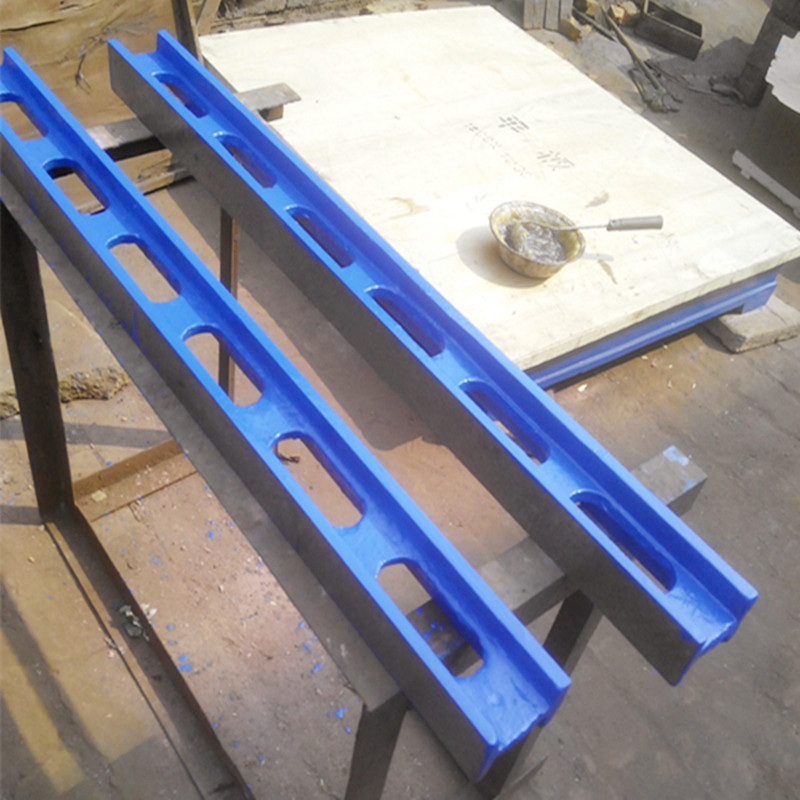ඔක්. . 03, 2024 05:20 Back to list
Guide to Simplified Welding Techniques for Beginners and Pros alike
Easy Welding Techniques for Beginners
Welding is an essential skill in various fields such as construction, automotive repair, and metal fabrication. For beginners, understanding the basics of welding techniques can seem overwhelming. However, with the right guidance and techniques, anyone can become proficient in welding. This article will provide an overview of easy welding techniques and tips to help beginners get started.
Understanding Welding
Welding is a process that joins materials, usually metals or thermoplastics, by using high heat to melt the parts together and allow them to cool, causing fusion. While there are several welding methods, three of the most common types for beginners are MIG (Metal Inert Gas), TIG (Tungsten Inert Gas), and Stick welding.
1. MIG Welding
MIG welding is often considered the best welding process for beginners. It uses a wire feed system to provide a continuous supply of filler metal. The advantages of MIG welding include ease of use, portability, and versatility.
Equipment Needed - MIG welding machine - Protective gear (gloves, helmet, and clothing) - Filler wire, typically ER70S-6 for mild steel - Gas cylinder (usually a mix of argon and CO2)
Steps for MIG Welding 1. Preparation Clean the metal surfaces to be welded, removing any rust, paint, or oil. 2. Set Up the Machine Configure the machine according to the thickness of the material and the type of filler wire used. 3. Practice Begin with practice pieces before tackling actual projects. This will help you get a feel for the machine and technique. 4. Welding Technique Hold the torch at a 15-degree angle and move it smoothly along the joint. Focus on maintaining a steady speed to ensure even heat distribution.
2. TIG Welding
TIG welding is a more advanced technique that provides a high-quality weld but requires more skill and precision. It uses a non-consumable tungsten electrode and an inert gas to protect the weld area from contamination.
Equipment Needed - TIG welding machine - Protective gear - Tungsten electrode - Filler rod (optional) - Inert gas (argongas)
Steps for TIG Welding 1. Preparation Just like MIG, clean the metal thoroughly before welding. 2. Setup Set the welding machine to the correct settings based on the materials being used. 3. Technique Hold the tungsten electrode at a slight angle and create a streak in the puddle of molten metal. If using filler rod, introduce it into the puddle as you move along the seam.
easy welding table

Although TIG welding offers great control and precision, it can be challenging for beginners. It requires practice to achieve a stable arc and maintain proper speed.
3. Stick Welding
Stick welding, or SMAW (Shielded Metal Arc Welding), is another common method that is widely used due to its simplicity and low cost. This technique involves an electrode coated in flux that melts to form a protective gas shield.
Equipment Needed - Stick welding machine - Protective gear - Electrode (e.g., E6011 or E6013)
Steps for Stick Welding 1. Surface Preparation Clean the workpieces to be joined, ensuring they are free of contaminants. 2. Setup Select the right electrode based on the material you are welding and set up the machine accordingly. 3. Welding Technique Strike an arc by moving the electrode quickly and then dragging it along the joint at a consistent speed. Adjust the angle and distance to ensure proper penetration and weld quality.
General Tips for Beginners
1. Safety First Always prioritize safety by wearing appropriate protective gear. This includes gloves, helmets, goggles, and flame-resistant clothing to shield against sparks and UV radiation.
2. Practice Regularly To develop your skills, set aside time regularly to practice. Experiment with different techniques and welding positions to gain confidence.
3. Seek Guidance If possible, find a mentor or take a welding class. Experienced welders can offer invaluable insights and tips that will accelerate your learning.
4. Keep Learning Welding is both an art and a science. Stay curious about new techniques, materials, and safety practices by reading relevant books, watching tutorials, and attending workshops.
In conclusion, while welding may initially seem daunting, beginners can quickly learn the basics with practice and patience. By starting with MIG, TIG, or stick welding, anyone can develop their skills and confidence. With dedication, you’ll soon find yourself tackling more complex projects in no time. Happy welding!
-
Why Metric Trapezoidal Thread is Ideal for Precision Motion ControlNewsAug.05,2025
-
The Unique Properties of a Block of Granite for Industrial UseNewsAug.05,2025
-
The Role of Flanged Y Strainers in Preventing Pipeline ClogsNewsAug.05,2025
-
The Importance of Regular Calibration for Master Ring GagesNewsAug.05,2025
-
How a Cast Iron Surface Table Enhances Accuracy in ManufacturingNewsAug.05,2025
-
Comparing Different Check Valve Types for Optimal Flow ControlNewsAug.05,2025
Related PRODUCTS









